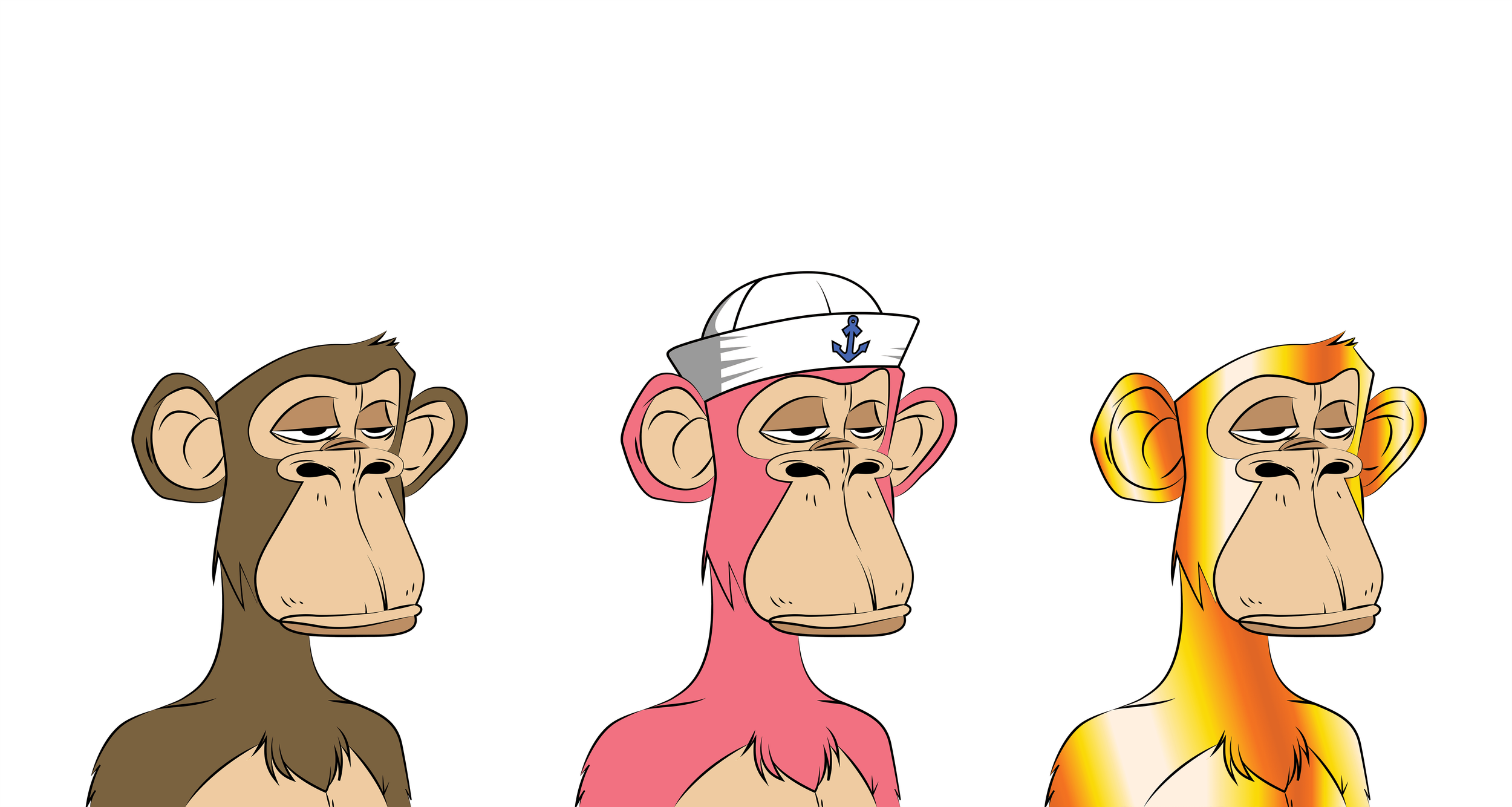NFTs, and Three Other Fundamentally Worthless (Yet Wildly Successful) Products
Digital pixels, water, and rocks are everywhere, easily accessible and affordable for anybody to obtain. But what happens when the market decides that these items are worth something? As the demand for something inflates, so does its value, creating unbelievable market prices that may seem arbitrary to the item in question. By taking a look at some of the highest-grossing examples of these paradoxically prized products, we attempt to answer the age-old question: How are things worth the value that we’ve assigned to them?
NFTs
NFTs (Non-Fungible Tokens), best recognized by their use in art, have recently taken the investment world by storm. Despite lacking tangible form, their outrageous price points (a collage of 5,000 artworks created over the past 13 years grossed over $69 million) have garnered the attention of worldwide media outlets. Thousands are flocking to online markets to purchase their own.
An NFT functions as a unique, tradable collectible. Current formats that are popular include art, domain names, tweets, and original memes. The original doge meme, for example, sold for $4 million in June of 2021. The first tweet in internet history from Jack Dorsey, founder of Twitter, sold as an NFT for $2.9 million. In its first few years of commerce, NFTs garnered over $174 million.
But with visual images of these digital pixels so accessible on the internet, anyone can download or screenshot them for free, raising the question of why essentially worthless digital art sells for so much money. Coinbase co-founder, Fred Ehrsam was quoted by Bloomberg as saying that “[90% of NFTs produced, probably will have little to no value in three to five years.” Essentially, their value is dependent on their exclusivity. The rarer or more popular the image, the more sustained the demand, and the higher the price it can command. Put into simpler terms: it’s worth a lot because people have assigned it that arbitrary value.
Bottled Water
Water is everywhere, falling from the sky, flowing through our taps, and gushing in natural rivers and springs. Even in drought-ridden California, drinking water is an abundant resource. With water so readily available for most Americans, how has a $217.66 billion industry been created from bottling it? Companies like Nestle, Fiji, and Poland Springs gain profit margins of 50% to 200%, meaning that with a little extra filtering, they can turn tap water into billions of dollars. Dasani and Aquafina, with gross annual sales of $675 million and $872 million, respectively, source their bottled water from municipal taps, the exact same water that flows out of the tap in your kitchen or bathroom.
The water itself is worth close to nothing, because anyone can simply find water for themselves, but the marketing, packaging, and consumer agreement to buy this product have given the (essentially free) water that you already have, a price.
The $1 Million Homepage
Synonymous with the header of this section, The Million-Dollar Homepage was a website that garnered one million dollars. In 2005, 21-year old Alex Tew was a college student looking for a way to pay his college tuition. His solution? Selling one million pixels of ad space on his website (www.milliondollarhomepage.com) for $1 each in ten-by-ten pixel lots. Within five months he had done it: all one million pixels on the homepage had been sold and were occupied with an ad, meaning that around one million people thought that a single pixel was worth a dollar.
The Pet Rock
The creator of this national fad, Gary Dahl, reached millionaire status in the 1970s by selling one million rocks for $4 apiece. What gave these solid gray stones that you pass by on the sidewalk every day the value of $4? Was it the googly eyes glued to it? The instruction manual it came with? Or perhaps, the little nestling of paper scraps that the rock is packaged with?
All of these examples go to show that value is completely subjective to the consumer. Anyone could pick up a rock and stick on googly eyes, then sell the idea, but in the case of the Pet Rock, one million people happened to share the same sense of humor as Gary Dahl during the Christmas shopping season, allowing this simple rock to quickly gain traction. His marketing definitely played a role in its success. By advertising it as a gag gift, people were more likely to buy a $4 rock because it was about the humor of it, not as much the product itself.
Today, you can buy an original Pet Rock for around $40, ten times the original price. But Is a decorated rock really worth $40? Is tap water worth paying for? And are pixels worth millions? It’s for you to decide.

